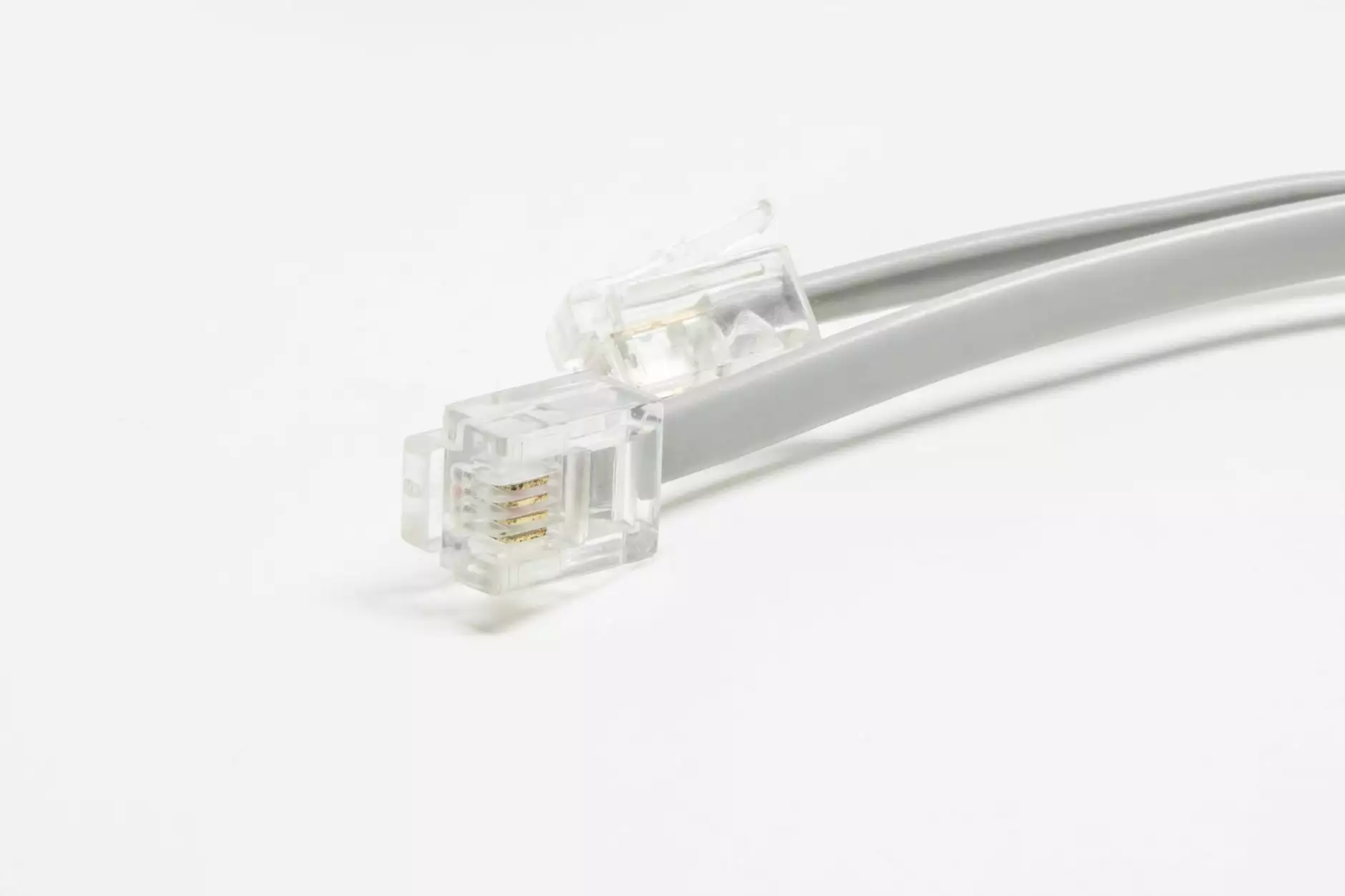Complete Guide to Install cPanel on CentOS 6

In today's fast-paced digital landscape, managing your web hosting effectively can be a deciding factor between success and stagnation. Among the various tools available for web hosting management, cPanel stands out as a leader in providing an intuitive and powerful interface for managing your server environment. This guide will walk you through the requisite steps to install cPanel on CentOS 6, ensuring that you can quickly leverage its capabilities for your hosting needs.
Why Choose cPanel?
Before delving into the technical steps of installation, let’s discuss the numerous benefits of using cPanel:
- User-Friendly Interface: cPanel offers an intuitive graphical interface that simplifies the management of web hosting tasks.
- Robust Toolset: It encompasses a wide range of tools for managing domains, databases, file transfers, emails, and more.
- Support and Community: With widespread usage comes strong community support and extensive resources for troubleshooting and learning.
- Automation: Tasks such as backups, updates, and software installations can be automated, streamlining your management workflow.
Prerequisites for Installation
Before proceeding with the installation, ensure that you have the following prerequisites:
- A dedicated server or VPS running CentOS 6.
- Root access to the server.
- Updated OS packages to minimize conflicts during installation.
- At least 1 GB of RAM recommended for optimum performance.
- A stable Internet connection for downloading necessary files.
Step-by-Step Installation Process
Now that you are equipped with the necessary prerequisites, let’s begin the installation process:
1. Update Your System
Before you start, it is crucial to update your CentOS packages. Use the following commands:
yum update -yThis command updates all installed packages to their latest versions, ensuring your system is ready for cPanel.
2. Set the Hostname
A hostname for your server is essential to avoid errors during installation. Set a fully-qualified domain name (FQDN) using the command:
hostname yourdomain.com2.1. Verify the Hostname
To confirm that the hostname is correctly set, use:
hostname -f3. Disable SELinux
cPanel functions optimally with SELinux disabled. Modify the configuration file using:
vi /etc/selinux/configChange the line:
SELINUX=enforcingto:
SELINUX=disabled3.1. Reboot Your Server
For changes to take effect, reboot your server:
reboot4. Download the cPanel Installation Script
Now that your system is ready, download the cPanel installation script. Run the following command:
cd /home && curl -o latest -L https://securedownloads.cpanel.net/latest && sh latestThis command downloads the latest version of the cPanel installation script and executes it.
5. Monitoring the Installation
The installation process can take some time, so it’s essential to monitor its progress. You will see the system gathering dependencies and installing various components. Patience is key.
6. Accessing cPanel/WHM
Once the installation is complete, you can access the cPanel interface via your web browser. Enter:
https://your-server-ip:2087Log in using your root credentials. This interface is where you will manage your hosting services.
6.1. First-Time Setup Wizard
Upon initial login, you’ll be greeted by the Setup Wizard. Follow the prompts to configure vital settings such as your contact email and the IP address allocations.
Essential Configurations After Installation
To ensure your cPanel installation operates smoothly, configure the following options:
1. Configure Nameservers
Establish your nameserver settings under the DNS Zones section within WHM. Set these to align with your domain provider settings.
2. Security Settings
Security is paramount. Enable SSL Certificates under the WHM Security Center and consider setting up additional security measures such as:
- Two-Factor Authentication (2FA)
- CSF Firewall installation for added protection
3. Back-Up Solutions
To avoid data loss, configure backup schedules. cPanel offers comprehensive backup options that can be tailored to your requirements.
Optimizing cPanel for Performance
Post-installation, optimize your cPanel setup for performance. Some recommendations include:
- Install and configure caching mechanisms to enhance speed.
- Regularly audit plugins and features to avoid bloat.
- Monitor resource utilization to ensure your VPS has the necessary capabilities.
Troubleshooting Common Installation Issues
Despite best efforts, you may encounter some bumps along the way. Here are common issues and their solutions:
1. Installation Stuck or Fails
If the installation seems frozen, check for any pending system prompts or insufficient resources via:
top2. Errors Related to DNS
Make sure your /etc/resolv.conf file is configured correctly. Use public DNS servers such as:
nameserver 8.8.8.83. HTTP Error Codes
If you encounter HTTP 403 or 500 errors, check your Apache and cPanel error logs for more information on the logs located at:
/usr/local/cpanel/logs/error_logConclusion
Installing cPanel on CentOS 6 may seem daunting, but by following these detailed steps, you can set your web hosting up for success. cPanel simplifies server management and empowers users with the control they need to enhance their business online.
By adopting modern practices and routinely maintaining your system, you can ensure that you harness the full potential of your hosting environment. At German VPS, we pride ourselves on offering top-notch IT Services & Computer Repair and reliable Internet Services to take your business to the next level.
For further assistance and tailored solutions, feel free to reach out to us, and let us help you optimize your web hosting journey!
install cpanel centos 6








